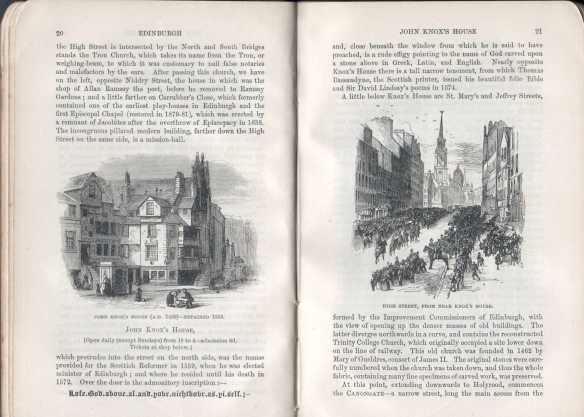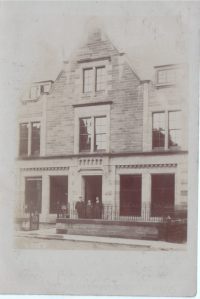I posted this just now to my blog for general academic historical musings. But it includes a bit about Melrose in 1892, so reblogging here.
A TV series which I’ve enjoyed in recent years is Paul Murton’s Grand Tours of Scotland using an old 19th century guidebook as his guide. I bought a copy of the same guidebook, Black’s Picturesque Guide to Scotland, in my case the 1892 edition, and have been enjoying reading it. It has useful descriptions – often illustrated – of the main tourist destinations, as well as information on lesser-known attractions.
Although it’s hardly the main focus of the book I particularly like the series of advertisements at the back, many from Scotland, but some from other parts of the UK and Ireland too. These include adverts from hotels touting for guests. The one that really made me grin was the thought of buses transporting people from the railway station at Melrose to the George & Abbotsford Hotel. It’s only about 2 minutes walk round the corner! But I guess…
View original post 130 more words





